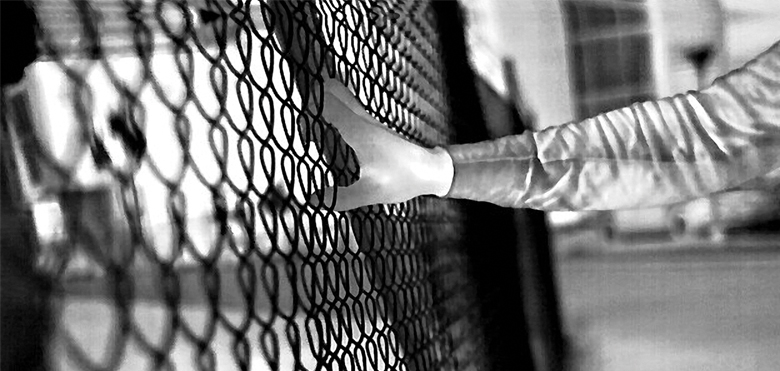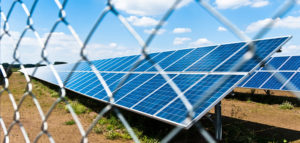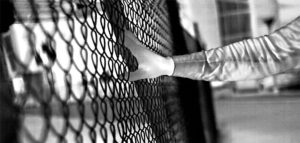How thermal cameras boost your surveillance solution
Thermal cameras can be used for various applications where accurate detection is crucial. From perimeter protection and detecting changes to ambient temperatures to patient monitoring to ensuring equipment is operating safely and many more.
Thermal cameras are continuing to grow in popularity due to their ability to detect potential threats and reduce false alarms – while respecting privacy – saving both time and money and ultimately reducing the total cost of ownership (TCO). Due to their long detection range, thermal cameras decrease the need for numerous cameras as even a few of them can cover a whole property. In addition, the processing power in these cameras has increased to support powerful analytics. In this post, I’ll take a look at how thermal cameras are improving security systems and give some examples of how they are being used in practice.
Identifying the hidden
Thermal cameras capture images based solely on the heat radiating from people and objects. This means they are able to see a clear outline of a potential threat, no matter how poor the visibility; they’re as accurate in no light and camouflage as they are on a bright sunny day. This is particularly important in hazardous, remote areas where there may be no light at night – outdoors as much as indoors.
When combined with analytics technology, thermal cameras can examine a potential threat that has been detected, automatically dismiss non-threatening ones, and immediately notify security of potentially critical situations. For example, a thermal camera may spot an object moving towards a perimeter or restricted area. It can then tell whether this is a non-threatening situation, such as an animal passing by, or something that needs attention, like a car or person. If it is the latter, a guard can be deployed to investigate further, while non-threatening situations are not progressed. This saves considerable time, resources and overall costs associated with investigating false alarms.
This comes especially handy if you have to protect a huge perimeter that is rather hard to monitor by guards. Thermal cameras allow an efficient detection of intruders for example through features such as cross line detection, motion detection or loitering detection in certain areas. The reduction in false alarms mean that security teams can concentrate their efforts on specific incidents. If an unauthorized person comes too close to the perimeter an alarm or acoustic deterrent can be triggered. Weather or lighting conditions are less of a factor as thermal cameras deliver clear results in many environments.
A closer look at how thermal cameras work in practice
As well as being able to see in all light conditions, due to their ability to integrate with analytics software to reduce false alarms, thermal cameras are ideal for covering vast perimeters and long distances where it is impractical or even impossible for the area to be manned by guards.
Photon Energy required perimeter protection for its photovoltaic solar park in Almásfüzitő, Hungary. As per the insurance agreement, they had to ensure that the premises was secured either by security guards on constant patrol or electronically with a system connected to their central security desk. Historically they had tried solutions – using technology such as infrared sensors and microwave radars – which generated many false alarms, costing the plant time and money to investigate and dismiss.
By using thermal network cameras with video analytics and integrated with an audio solution, the perimeter of the plant was effectively monitored and protected day and night, regardless of the weather and lighting conditions. In the future, the customer will be looking to deploy thermal cameras at other plants, with the aim of replicating the effectiveness of this solution. Read more about the customer story here.
Perimeter protection by thermal cameras isn’t limited to industrial properties. In Limpopo, South Africa, the Rhino Pride Foundation Sanctuary faced a similar issue when attempting to secure a natural, free-roaming habitat for the endangered rhinos. The sanctuary cared for more than 40 of the animals at any given time and had invested in security measures such as double fencing and 24/7 security patrols using dogs to prevent poaching.
However, the large perimeters proved difficult to secure due to the sheer scale of the sanctuary’s boundary, and the fact that it lies in mountainous and isolated terrain. To address this, an advanced security system was installed based on thermal cameras in combination with video analytics and audio speakers, powered by solar panels with battery backup. The combined solution helped to deter potential intruders, acting as the first line of defense and ensuring rangers remained one step ahead of any poachers at all times.
Respecting privacy
Another benefit of thermal cameras in today’s privacy-conscious society is that they don’t deliver images that allow reliable personal identification, such as specific facial features. This is especially useful regarding privacy regulations, as it ensures an organization will remain safely in compliance, without missing potential threats.
The below video shows how hospitals can use thermal imaging to detect patient incidents – such as falls – that need attention, without invading their privacy by recording their image 24/7. In this example, hospital workers can verify whether an incident has taken place from the camera station and if it is a high-risk situation, deploy help. This not only reduces the rate of false alarms but minimizes interruptions for the patient – something that is vital during recuperation periods.
Remote temperature monitoring
As the name suggests, temperature alarm cameras are particularly useful for sensing heat and monitoring temperature-critical areas. This is particularly important for datacentres and medical storage facilities. The cameras can add thermal information to the image, making it possible to monitor processes and detect abnormal behaviour when temperatures change, for example, to find heat leaks in buildings or detect anomalies in industrial applications, such as overheating in machinery or motors.
An example of a business-critical use of this would be in a server room for ensuring all equipment is running at optimum temperatures and not overheating. Again, with analytics, an overheating server can be identified, and an alert sent to the IT department to fix the issue before it escalates, potentially preventing system downtime and the associated losses from the company experiencing IT issues. You can read more about remote temperature monitoring in this whitepaper.
Recognizing the limitations of thermal cameras
Although thermal cameras can be used to overcome the challenges in certain scenarios, it must be noted that there are certain situations which make them less effective – especially as a standalone solution. For example, dense fog and very heavy snowfall may cause problems, even for a thermal camera.
As thermal cameras detect objects based on their radiant heat you may encounter problems when the surroundings or backgrounds are the same temperature as an object in the image. For example, during very hot days, thermal cameras may be unable to distinguish an object from its surroundings. In these cases, a visual camera would be needed to identify the object.
A wealth of use cases
I have highlighted a few examples of how thermal cameras can be used in practice, but there are a wide range of security applications, from perimeter protection around industrial sites, nature reserves, airports and power plants.
In specific circumstances, when compared to visual cameras, thermal cameras can provide more reliable detection and shape recognition to increase effective monitoring, by combining high image contrast with motion detection to reduce false alarms and avoid unnecessary responses.
Find out more about Axis solutions for thermal imaging.




